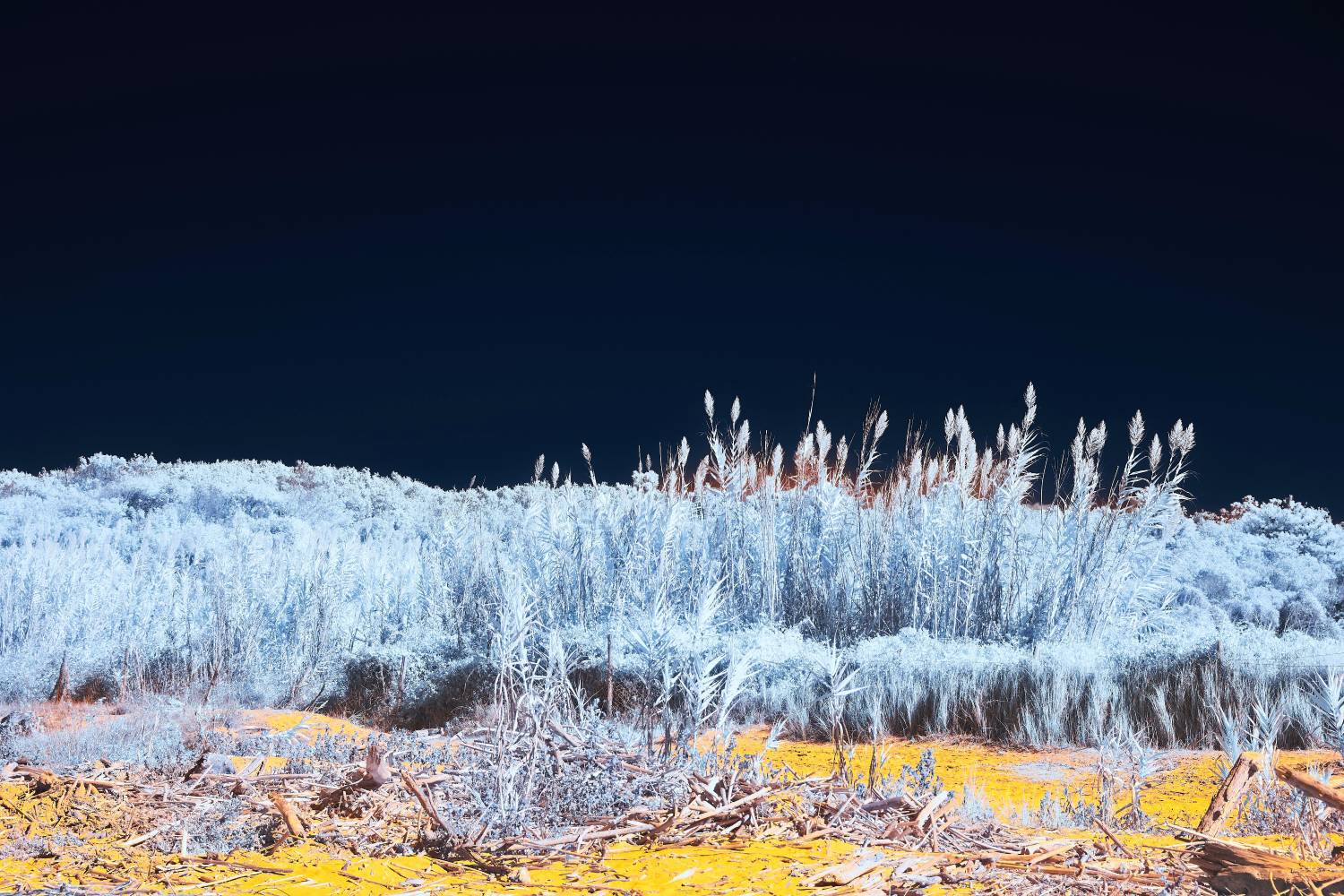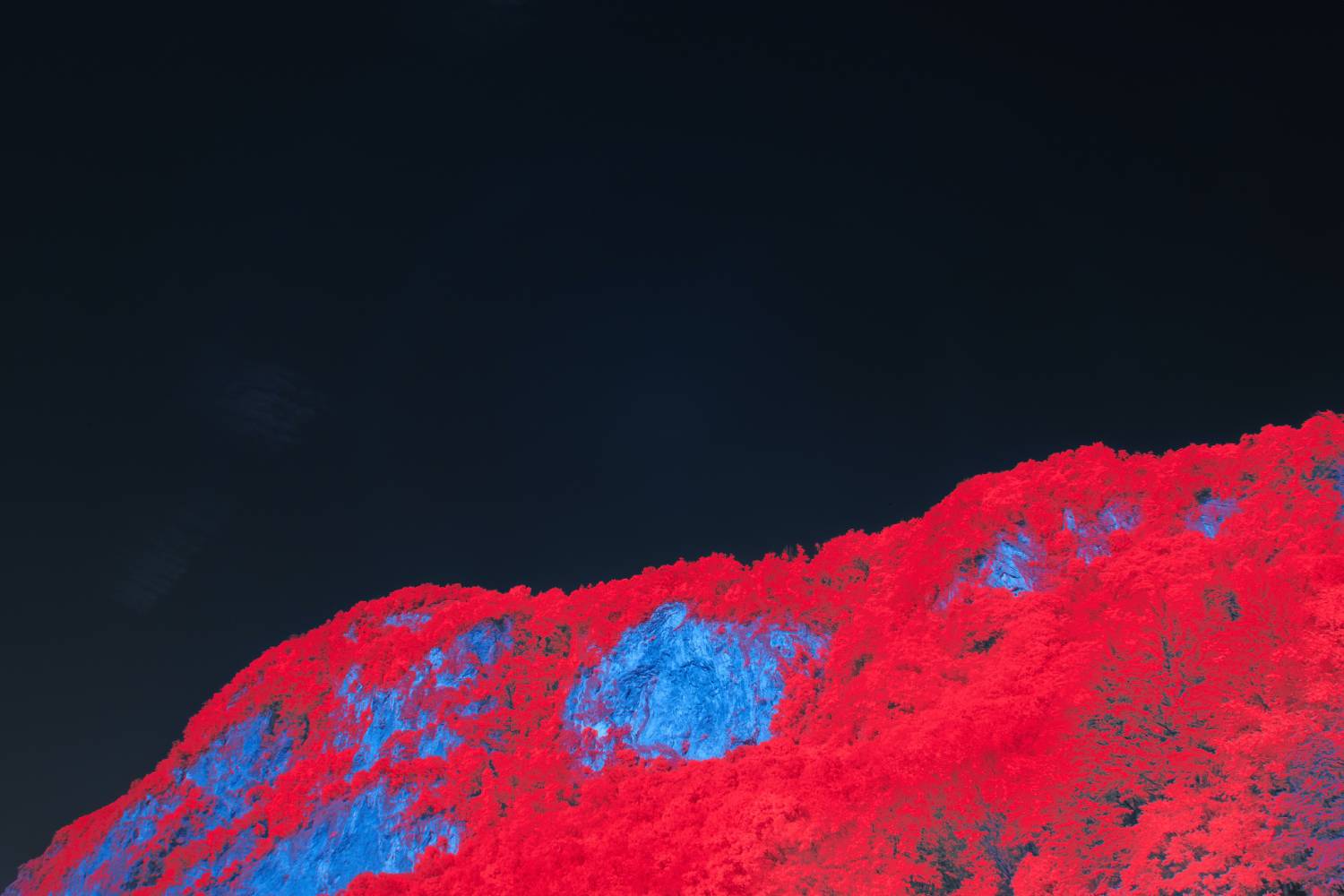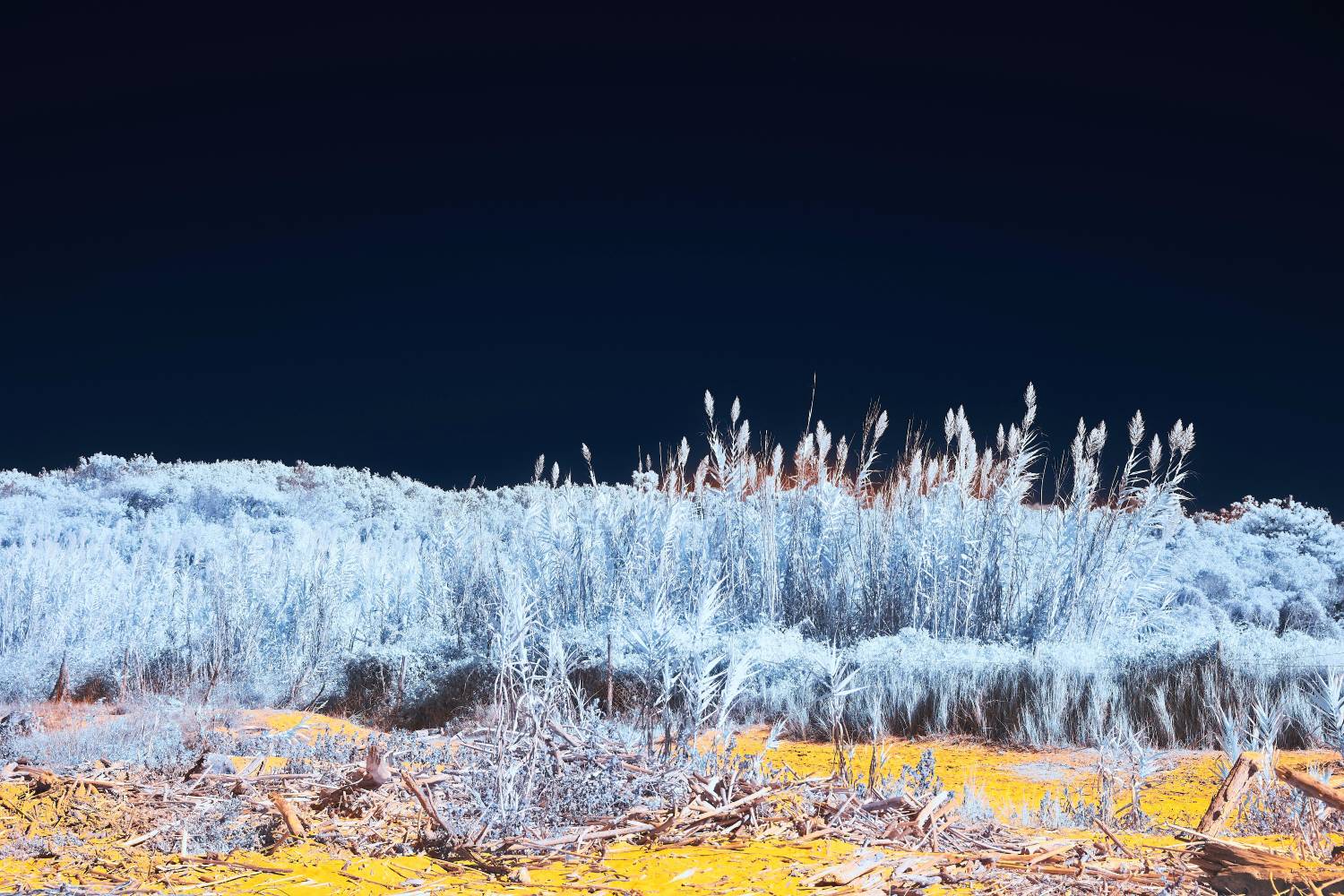The impact of the Lidar survey for the AEC industry

Lidar technology will continue to impact the AEC industry in the years to come by providing affordable and quick surveys. Architects, engineers, and landscape architects will embrace new tools and techniques for error-free projects with more precise and up-to-date digital elevation models.
What is Lidar?
Lidar is a method of exploring the sensor's surroundings using light detection and ranging. In the last years, Lidar technology has been employed on self-driving vehicles and surveying the terrain, forest, and underwater. This technique has become highly reliable and widespread and revolutionized the way countries, authorities, and the building industry does terrain surveying.
How does a Lidar sensor work with the surveying of topography?
A Lidar topography survey can be done using a lidar sensor placed on a ground vehicle. If it is done on a drone, helicopter, or airplane, it is then called a Lidar airborne survey. A Lidar sensor is paired with an RGB camera and GPS for precise positioning, sending thousands of pulses per second. The vegetation, terrain, water, roads, and buildings, reflect the Lidar pulses, and their position and signal parameters are then saved in a database.
The range and frequency of the Lidar pulses allow the survey to go through the forest and vegetation and create a point cloud with several layers.
Processing of the Lidar point cloud is critical for usability.
A generic point cloud scanned by a Lidar sensor identifies its 3D location worldwide. But what is extraordinary with this surveying method is the possibility of classifying each point with color and different classes. The post-processing using a specific software allows for the classification of ground points, different types of vegetation, roads, building, bridges, etc. The classes used by the surveyors and the software to process Lidar clouds are defined in the Lidar standards.
Why are Lidar surveys more affordable than land surveys?
Land surveys require foot access to the terrain, line of sight, and manual placement of equipment. The land surveyor can take a few days to complete a job in complicated landscapes with dense vegetation or steep hills. A drone survey can be deployed using a software-defined route and perform an automatic Lidar scan of the area less than 20% of the time than a land survey.
The greater affordability of the drone and Lidar scanner due to the demand for Lidar sensors in the automobile and survey industries is allowing more firms to buy capable equipment.
How accurate is a Lidar survey?
The accuracy of the Lidar survey depends on the sensor, considering that the weather conditions were optimal. Today's sensitive and precise sensors can provide accuracy within 1 cm and very dense point clouds. The USGS National Geospatial Program defines different quality and tolerance classes, being class 0 the most accurate. The horizontal and vertical maximum deviations are in the region of two to three centimeters.
What is the density of a Lidar airborne survey?
There are denser and sparser Lidar point clouds, depending on the quality of the survey. A light Lidar cloud can have one point per square meter, but a thick Lidar cloud can have 6 points per square meter or more.
A dense Lidar cloud defines the variations in the landscape in much more detail, making it possible to represent the difference in levels in the section of a street and its sidewalks. And allowing us to have a precise idea of the fall of a roof or small objects over a building.
Generate Revit terrain: contour lines versus Lidar point clouds.
A dense point cloud from a Lidar survey, due to its density, provides a tighter net of points that allows a precise modulation of a Revit digital elevation model using interpolation.
The creation of digital elevation models from contour lines, on the other hand, can only work if the height difference between the curves is small. Contours provide the exact placement of points along predefined heights, but the terrain features between two iso-lines are not represented. If a Revit terrain is to be precise and generated from contours, the height between the lines should be 50cm or less.
Contours are, however, an excellent method for describing in a plan the features of the landscape and help architects and engineers position structures. Whether generating a digital elevation model from contours or Lidar point clouds, the AEC industry would not abandon the tradition of using contours. The Greeks built amphitheaters to match contours towards beautiful landscapes, and the Romans have built roads along contours for centuries. So there is a practical need for contours now and in the future.
How are national authorities adopting Lidar surveying?
Lidar is currently the most precise technique to scan the Earth's surface. The affordability, precision, and availability of airborne Lidar are making national authorities sign large contracts to scan their territories. Denmark was one of the first countries to complete a national survey of its territory. Many other European countries are following in creating national height databases. The US has several nationwide and federal survey projects. A topography and bathymetry programs exist currently in Norway for the delight of the AEC and surveyor community. One can just expect this technology to boom in the following years.
These surveys will assist in creating more detailed and up-to-date representations of the country's topography through digital elevation maps and cartography. Still, they will also assist in monitoring forests and agricultural land and help identify and prevent natural disasters.
The most exciting aspect for the AEC industry is that the national authorities also make Lidar datasets available to the public domain. A nationwide public Lidar point cloud has a tremendous potential to reduce the building project costs in two ways: savings with the initial survey costs and avoiding costs resulting from building errors due to incorrect terrain representation.
Can Lidar be used directly with Revit?
Yes, Lidar datasets can be used directly in Revit to generate terrain. The result is a high-quality terrain with the detail and precision one would expect from a land survey. You can get more information about how to generate terrain from a Lidar dataset with Revit using archi topography in the following page.


